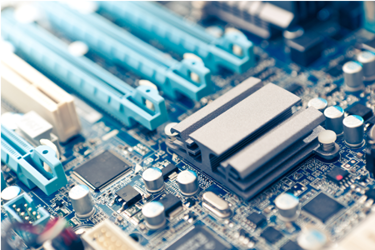Safety Capacitor Classes

In this follow-up to our introductory blog on safety capacitors, we take a deeper look at their classifications, functionality, and how to select the right component for EMI filtering and safety-critical applications. Safety capacitors are essential passive components used to suppress electromagnetic interference (EMI) while meeting stringent safety requirements in AC line-connected circuits.
Safety capacitors are categorized into two main classes: Class X and Class Y.
-
Class X capacitors, or across-the-line capacitors, are installed between AC power lines and provide line-to-line protection. If they fail, they typically short, causing a fuse or breaker to trip—mitigating safety hazards.
-
Class Y capacitors, or line-to-ground capacitors, provide line-to-ground protection and must fail open to prevent electric shock in case of failure, as they pose higher safety risks if compromised.
Capacitor subclasses define the capacitor’s ability to withstand surge and impulse voltages:
-
X1, X2, X3 subclasses vary by voltage rating and surge protection capabilities, with X2 being the most common in consumer electronics.
-
Y1, Y2, Y3, and Y4 subclasses support various insulation and voltage requirements, with Y1 and Y2 commonly used in critical applications.
Some capacitors combine classifications, such as X1/Y2, offering flexible application in either line-to-line or line-to-ground circuits.
Choosing the correct safety capacitor ensures regulatory compliance, protects users, and guarantees stable circuit performance. In our next post, we’ll compare ceramic vs. film capacitor technologies for use in safety-critical designs. For more information, explore Knowles Precision Devices’ range of certified safety capacitors.
Get unlimited access to:
Enter your credentials below to log in. Not yet a member of RF Globalnet? Subscribe today.
